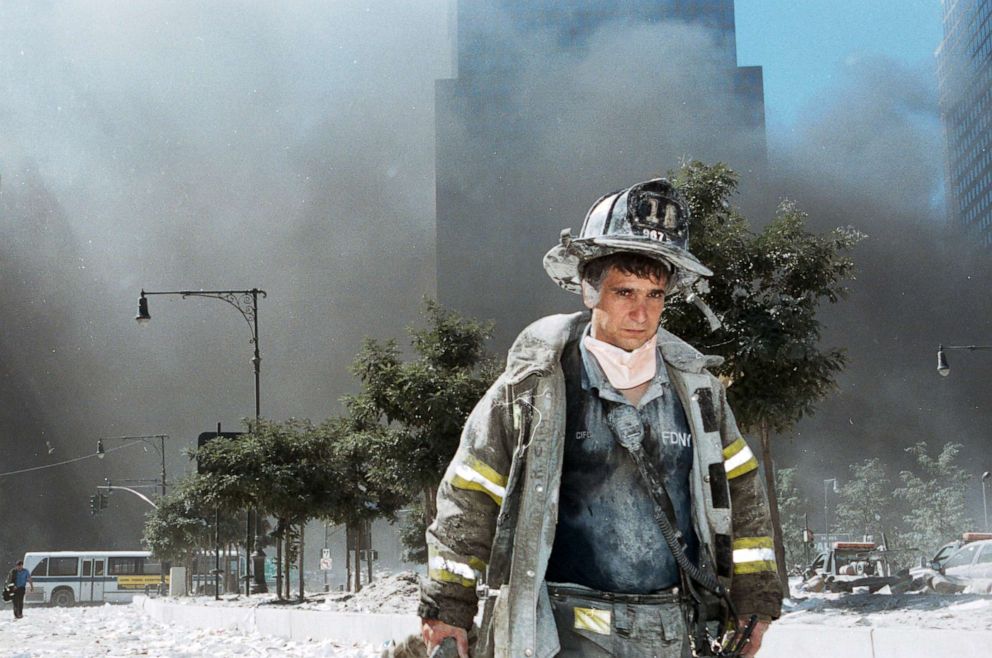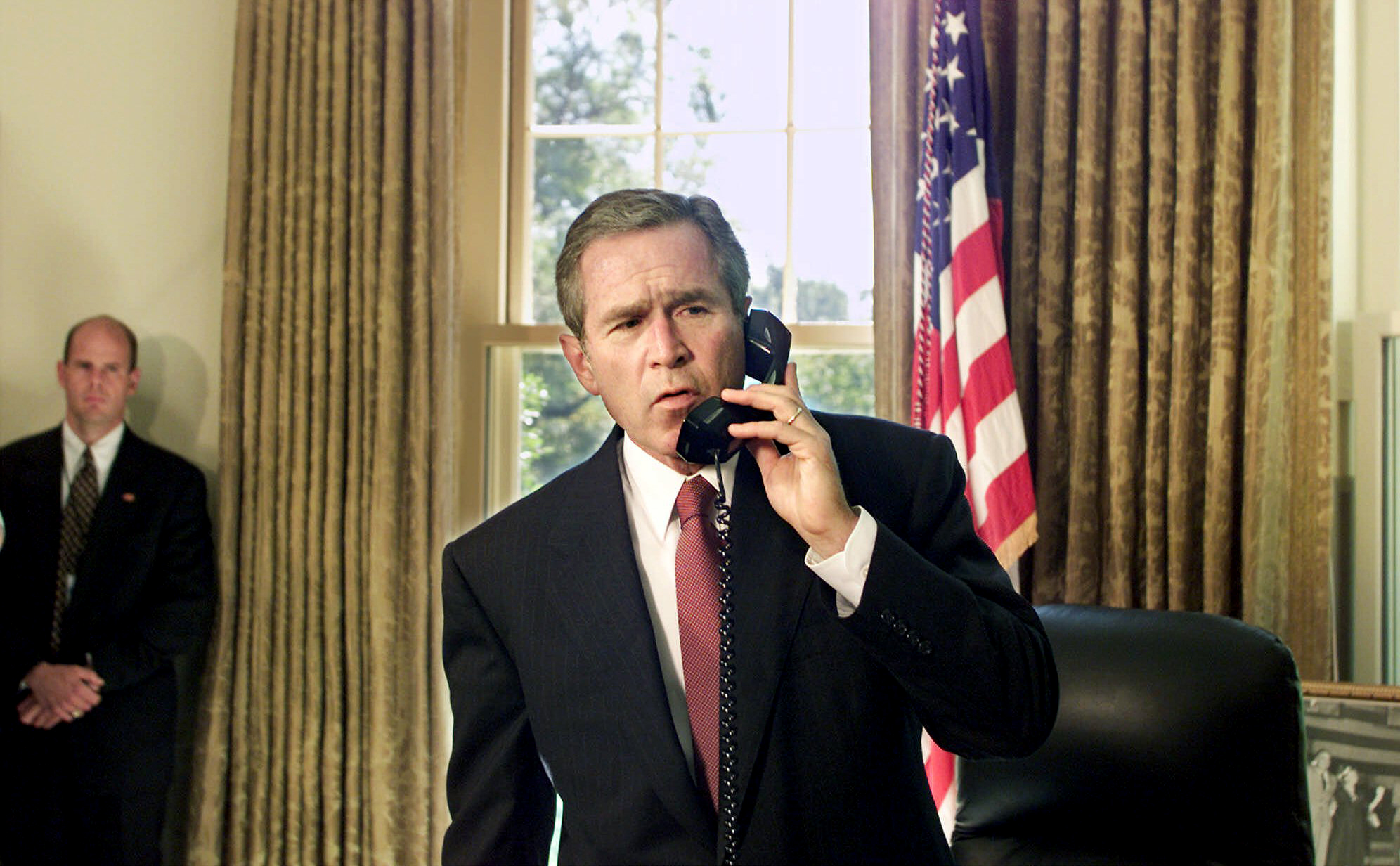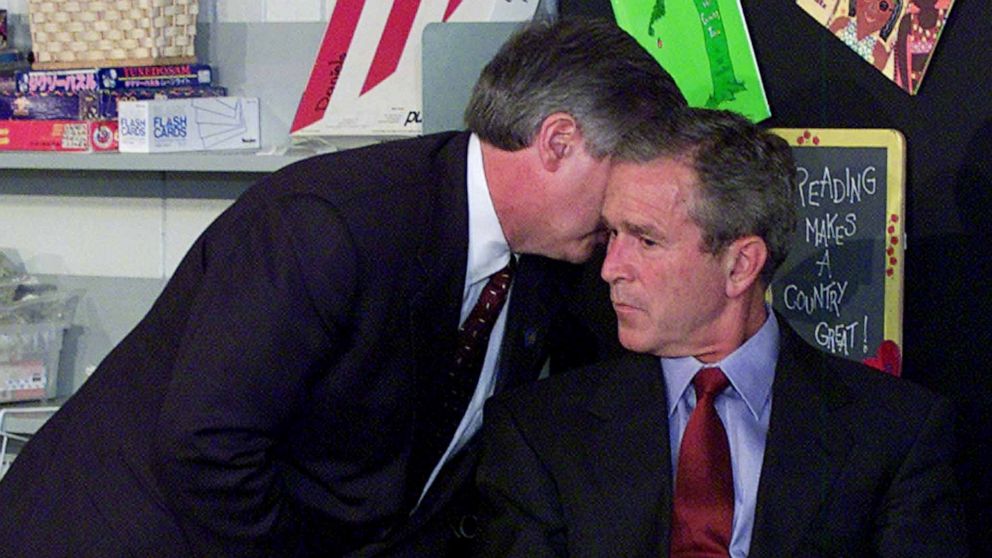'America is under attack': Reliving the Secret Service response on 9/11: OPINION
On the morning of Sept. 11, 2001, White House Chief of Staff Andrew Card was faced with a historic decision. Should he inform President George W. Bush, who was speaking that morning at an elementary school in Florida, that a second plane had crashed into the South Tower of the World Trade Center? Card knew that America was in the middle of an emergency. He had to decide what to tell the president -- and how. But he didn’t want to provoke a reaction or cause a response from the president as he was sitting in front of the news cameras surrounded by elementary school children. Card decided that his message would be short and direct. He told the president, “A second plane hit the second tower. America is under attack.”
In doing so, Card activated one of the most covert and never-before-used plans of the federal government: Continuity of Operations Plan (COOP), which was stipulated in Presidential Decision Directive 67 by the Clinton administration in 1998.

The directive laid out the response of federal executive branch agencies during a national emergency. The Sept. 11 attacks were the first test.
Under the COOP plan, federal agencies are assigned different functions to protect federal government operations. The Secret Service, under 18 USC 3056, has the prime responsibility to protect the president, the vice president and other leaders in the government. On 9/11, the Secret Service was thrust into the very real scenario of an unknown actor possibly targeting the president and trying to decapitate the government.
The attacks also put the president’s Secret Service detail leader as commander of any government assets, including the Department of Defense. For the Secret Service, the first goal was to get the president back on Air Force One.
In Washington, D.C., Vice President Dick Cheney sat in the White House with others trying to manage the attacks in a building that was now considered a target. Down the street from the White House, Secret Service Director Brian Stafford, a Vietnam veteran, oversaw the Director’s Crisis Center, which became the defacto control point for the relocation of every Secret Service protectee.

As officials in the Director’s Crisis Center worked to get their arms around the crisis, the Secret Service office in New York at 7 World Trade Center was holding a planning meeting for the upcoming United Nations General Assembly when the planes hit the North and South Towers. Agents raced down to the streets and assisted other first responders with evacuating civilians, triaging the wounded and fighting fires. Some agents ran into the burning towers, including Tom Armas and John Buckley, who ran 40 flights up into the North Tower.
Back in Washington, the White House Incident Notification System (WHIN) system was alerted. An aircraft near the nation's capital was thought to be headed toward the White House. Special Agent Jimmy Scott of the vice president’s detail burst through Cheney's office door and said, “Mr. Vice President, we’ve got to leave now.” Before Cheney could respond, Scott moved behind the vice president's desk, put one hand on his belt and another on his shoulder, and propelled him out of his office toward the “PEOC,” the Presidential Emergency Operations Center, located beneath the White House.
Secret Service personnel were also evacuating the White House to ensure that if an aircraft struck it, there would be minimal loss of life.
Aboard Air Force One, Secret Service Assistant Special Agents in Charge Dave Wilkinson and Eddie Marinzel knew there had been an incident but not much else. The communications system on Air Force One was spotty. Air Force One was also not equipped with cable TV and email was unavailable. The agents had to compete with an already clogged cellphone network that day.
The Secret Service agents aboard Air Force One knew that going back to Washington was not an option. President Bush protested, but ultimately, if the Secret Service felt the situation could not be made safe, the president couldn’t override them. As Wilkerson put it, “[T]he Secret Service has to protect the president. The wishes of that person that day are secondary to what the law expects of us.”
The president was moved to secure military installations including Offutt Air Force Base in Nebraska. Once there, Bush made the statement confirming that the United States was at “war” but also, despite Secret Service protestations, he would return to Washington. To do so, the Secret Service not only had ensure the White House was secure but that the route there was also safe.
After returning to the White House, Bush meet with Cheney, Card, National Security Adviser Condoleezza Rice and Special Agent in Charge Carl Truscott in the president's Emergency Operations Center -- commonly referred to as "the bunker" -- to discuss America's response and his speech to the nation later that evening.
From the passengers on the highjacked aircraft to first responders and civilians in all three target locations, heroism was on full display during the Sept. 11 attacks. Americans ran toward danger, including the many unsung heroes in the Secret Service who held to their oath that no matter what, America and its symbols would stand.
Donald J. Mihalek is an ABC News contributor, retired senior Secret Service agent and regional field training instructor who served as a police officer and in the US Coast Guard. Opinions expressed in this piece do not reflect those of ABC News.




